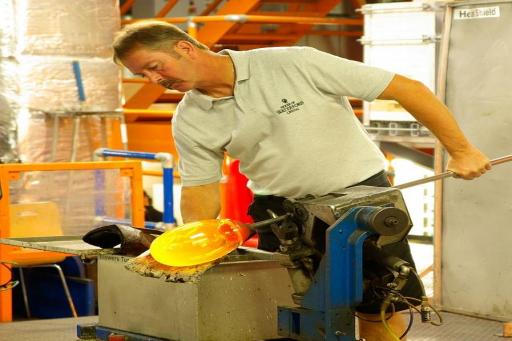 Historic Rugby is a gem in Tennessee, offering a beautifully restored Victorian village where guests can walk around and enjoy. And now, on June 21 and 22, they will be opening the grounds to thousands of visitors for their annual Antique Street Fair.
Historic Rugby is a gem in Tennessee, offering a beautifully restored Victorian village where guests can walk around and enjoy. And now, on June 21 and 22, they will be opening the grounds to thousands of visitors for their annual Antique Street Fair.
As Zachary Langley, the executive director of Historic Rugby explains,
“We welcome guests to the area each year to not only take part in the Rugby Antique Street Fair, but to learn about our ‘little hidden gem’ we call home. We hope visitors leave with an appreciation of our history and some once-in-a-lifetime treasures to begin or add to his or her cherished antique collection.”
For more information, enjoy the details here: http://www.historicrugby.org/antique-street-fair-june-21-22/




